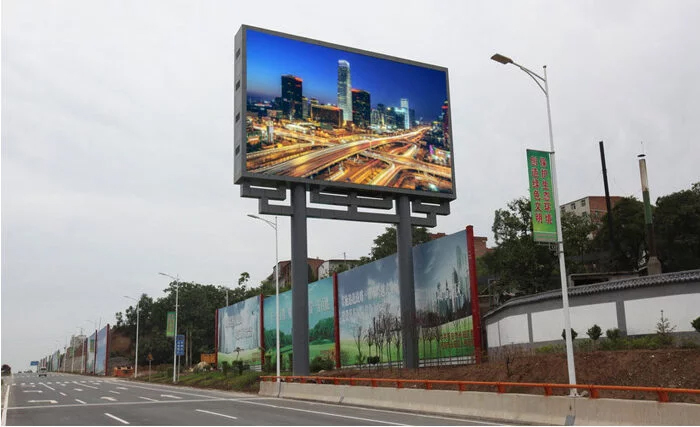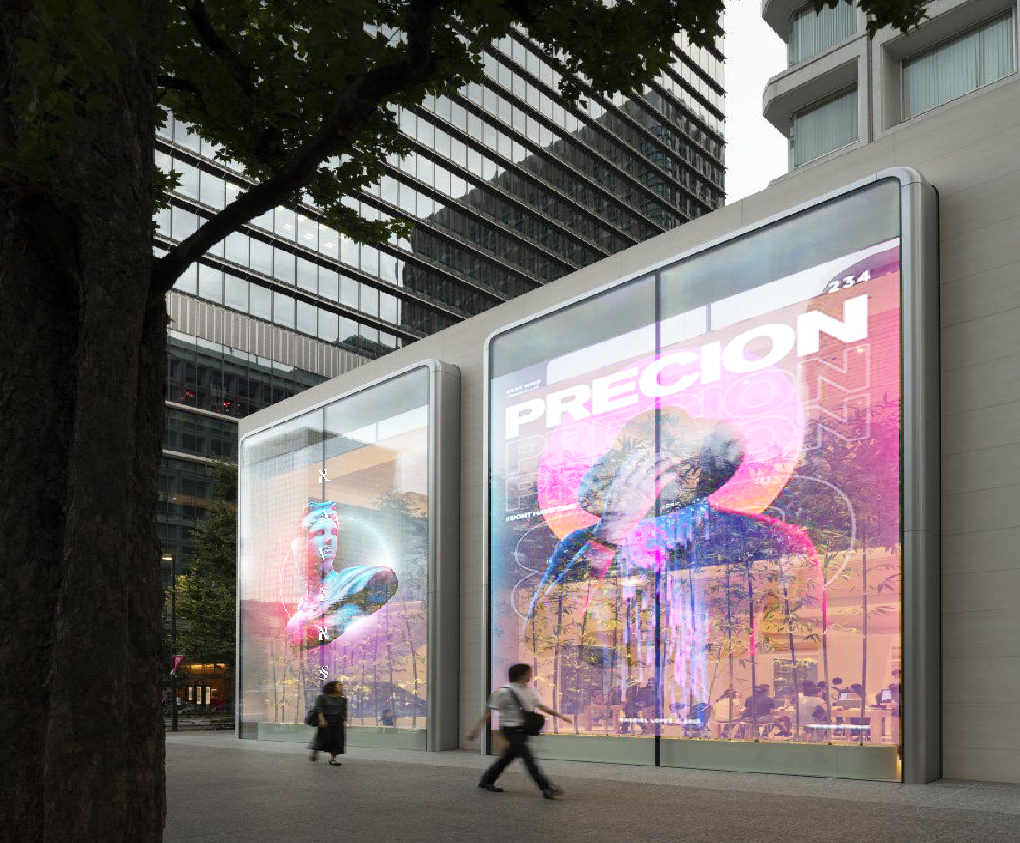Outdoor LED displays are commonly used for advertisements, public information, and entertainment in various settings, such as stadiums, concert venues, and busy city streets. Creating an outdoor LED display involves a combination of technical knowledge, design skills, and careful planning.

1. Understanding the Basics of LED Technology
주도의 (Light Emitting Diode) technology is at the core of outdoor LED displays.They are available in various colors, and RGB (Red, Green, Blue) LEDs can be combined to create a wide spectrum of colors. Understanding how LEDs work and their specifications is essential for designing an effective display.
The outdoor LED screen brightness requires at least ≥ 5,000nits, considering the sunlight. The smaller the pixel pitch, the better display appearance, also the higher the cost.
2. Designing the Display
The design phase is crucial for determining the size, shape, and layout of the LED display. Here are some key considerations:
- Purpose: Makei it clear of the display purpose. Is it for advertising, 공개 발표, or entertainment? This will influence the content and design.
- 위치: Assess the installation site. Factors such as viewing distance, height, and surrounding environment (like buildings or trees) will affect visibility and design.
- Size and Resolution: Based on the actual viewing distance, choose the suitable size, consider the pixel pitch to ensure the resolution meets your needs.
- Content Management: Plan how the content will be created and managed. This includes deciding on a control system and the software that will be used to display content.
3. Selecting Components
Building an outdoor LED display requires several key components:
- LED Modules: Choose modules based on brightness, 픽셀 피치, and color performance. Modules are often available in various configurations (e.g., 16×16, 32×32).
- Control System: A controller receives data from a computer and sends it to the LED modules. Generally synchronous and asynchronous systems are available and need to be combined with actual application scenarios (비디오, 이미지, 등.).
- 전원공급장치: LEDs require a steady power supply. Select power supply units that can provide adequate voltage and current for the entire display. Consider using redundant power supplies for reliability.
- Enclosure: The display will need a protective enclosure to shield it from weather elements such as rain, dust, and extreme temperatures. Enclosures should be rated for IP65 or higher for outdoor use.
- Mounting Structure: Depending on the location, you may need a mounting structure to securely install the display. This could be a pole, wall mount, or a freestanding frame.
4. Assembly Process
Once you have all the components, you can begin assembling the display:
- Prepare the Site: Ensure the installation site is ready, with proper electrical connections and a stable foundation for mounting.
- Assemble LED Modules: Normally the manufacturer will provide the link drawing to customers, including the signal drawing and power drawing, then can connect the LED modules together from units.
- Install the Control System: Set up the control system and connect it to the LED modules. This typically involves wiring the modules to a central controller, which will manage the data input.
- Mount the Display: Securely install the assembled display onto the mounting structure. Ensure it is stable and well-supported.
5. Programming and Content Management
After finishing the hardware connection, the next step is to install software:
- Installing Software: Load the content management software onto the controlling computer. Normally you can find from their official website, like Novastar/Colorlight/Mooncell and so on.
- Content Creation: Design graphics, 비디오, or animations that will be shown on the display.
- Testing: Before going live, test the display to ensure all pixels are functioning correctly and that the content is displaying as intended.
6. Maintenance and Troubleshooting
Once the outdoor LED display is operational, regular maintenance is essential to ensure its longevity and performance:
- Routine Checks:Check connections, 전원 공급 장치, and the enclosure for wear and tear.
- Cleaning: Keep the appearance clean as far as possible.
- Software Updates: Keep the software updates regularly following the suitable version.
- Troubleshooting: Familiarize yourself with common issues and troubleshooting techniques. Be prepared to replace any faulty modules or components as needed.
결론
By understanding the technology, designing effectively, selecting the right components, and ensuring proper assembly and maintenance, you can build a display that captures attention and delivers high-quality visual content. With the right approach, outdoor LED displays can serve as powerful tools for communication and advertising in various environments.





